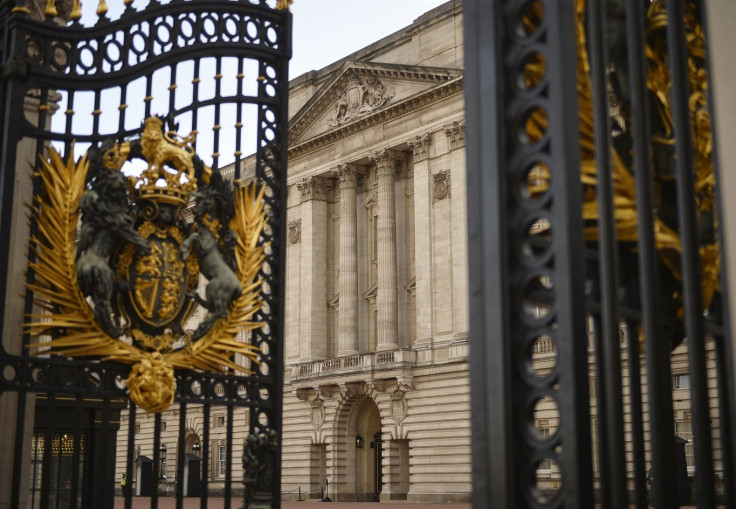Buckingham Palace major renovation to cost taxpayers $621M

The Buckingham Palace is getting a £369 million (AU$621 million) renovation. Taxpayers are shouldering the budget for the 10-year repair of Queen Elizabeth II’s official London residence.
The palatial residence is in dire need of restoration, including plumbing, electrical cables and heating. As the Telegraph reports, solar panels will also be fitted to the roof of the Palace in a bid to reduce bills in the long term. The last time it had been upgraded was after World War II. And because it was left in subpar condition over the years, the amount for the much-needed renovation is high.
The project will prevent the risks of fire, flood and damage to the building and the priceless Royal Collection of art that belongs to the nation. It is also expected to improve visitor access and open up the Palace and its treasures to the public. It will start next year and last until 2027.
The government plans to fund the renovation through a temporary increase from 15 percent to 25 percent in the Sovereign Grant to the Crown Estate’s profits for 10 years. This means that the Queen will receive an increase of £30 million (AU$50.5 million) annually.
It is understood that Queen Elizabeth and Prince Philip will continue to reside at the palace during the construction, though they will just temporarily change rooms as the building undergoes section-by-section renovation.
Palace officials have acknowledged £369 million is nothing to scoff at, but they hope taxpayers would accept paying it. After all, the building is more than just the monarch’s home, but also a national legacy.
Buckingham Palace, which has 775 rooms, hosts official events every year. The Queen, as Head of State and the Commonwealth, carries out most of her official ceremonial, diplomatic and representational duties there.
It also attracts millions of local and tourist visitors during its summer openings every year, as well as hosts more than 90,000 people annually for a range of official events.
David Gauke, chief secretary to the Treasury, justified the renovation, saying that tourists are drawn to England because the country’s culture, heritage and royal legacy. Tourism means billions of pounds and thousands of jobs for the economy.
“We must ensure that the special architectural and historic nature of some of our greatest buildings are protected for future generations, therefore it is only right we ensure Buckingham Palace is fit for purpose,” he said in a statement. “These urgent works have been properly costed and will ensure the Palace can continue its centuries-long tradition of being the working house of our Monarch. We will ensure every penny spent achieves the greatest value for money.”
Read more: Queen Elizabeth’s Last Million: Report Shows Royal Household Finances At ‘Historic Low’
Buckingham Palace history
Buckingham Palace was built in the 17th century as a large townhouse built for the Duke of Buckingham. It was originally called Buckingham House and had been in private ownership for over a century. In 1761, it was bought by King George III, who added several blocks to the building for his wife Queen Charlotte. His son and successor King George IV continued the renovation, of which cost grew exorbitantly. This led to George IV’s successor, King William IV, to fire his architect, John Nash.
William IV hired Edward Blore to finish the job. Unfortunately, the king died before the palace was completed. It was Queen Victoria who was the first monarch to reside in the completed Buckingham Palace. And since then, it has become the official royal residence.





















